
Could the Cloud lead to a COVID-19 recovery?
The COVID-19 pandemic has caused uncertainty for ports, shippers and the wider maritime industry, such as container congestion and and decreases in volume.
It has also had a profound effect on ports’ digital infrastructure. In the words of Realtime Business Solutions (RBS), the pandemic has “exposed grave vulnerabilities” in current systems.
In its latest industry update RBS said ports have been hindered because they use outdated technology which does not “proactively respond to the forced operational, political, and environmental changes”.
In particular it refers to on-premises terminal operating systems (TOS) which is a problem as it costs the same to run regardless of how much cargo they process.
This means ports and terminals lose money as cargo volumes fall because the TOS hardware capacity is left unused.
The uncertainty and drop in trade and has caused many supply chain stakeholders to search for new and innovative ways to maintain and improve operations.
According to RBS, this could be Cloud technology, which it says has numerous advantages over using an on-premises TOS, and can ultimately lead to fewer costs.
What is the Cloud and how can it help ports?
Essentially, the Cloud is an IT concept that allows for on-demand availability of system resources, especially data, to multiple users.
It has become one of the most sought after software for industrial businesses in the past few years, with pre-COVID-19 predictions suggesting spending could increase exponentially every year.
The supply chain, in particular in the maritime sector, has many data points which means ports accumulate near infinite amounts of information every day.
Consequently, ports need to increase connectivity and visibility as they look to transition to automated processes.
Cloud connectivity provides a platform for internet of things (IoT) operating systems, which in turn allows for communication within ports as well as between ports.
Not only does this allow for greater efficiencies in port operations but also makes it possible for ports and hubs to collaborate, therefore offering the possibility of a genuinely seamless digital ecosystem.
However, as ports become more automated, they can become stuck in processes which cannot respond to rapidly changing circumstances, as RBS alludes to.
Unlike traditional systems, a Cloud-based TOS “is more agile as it scales your IT resources to exactly match what you need”, according to RBS.
This could be a vital tool as ports and other supply chain stakeholders look to recover and maintain operations, despite lockdowns globally.
A substantial amount of people now work from home and ports, though critical to the supply of essential goods, are not immune to this.
Moving business operations onto the Cloud and available via an internet-enabled device, could allow decision makers to make planning and control orders remotely, instead of being on-site.
Another advantage could be that once the worst of the pandemic has passed, ports could use artificial intelligence (AI) software to clear the congestion of containers in their yards.
A Cloud-based TOS, with all its advantages for data storing and processing could greatly assist with this and mean ports in Asia, Europe and North America will not be hit by a sudden rush of goods from China, as has been the case.

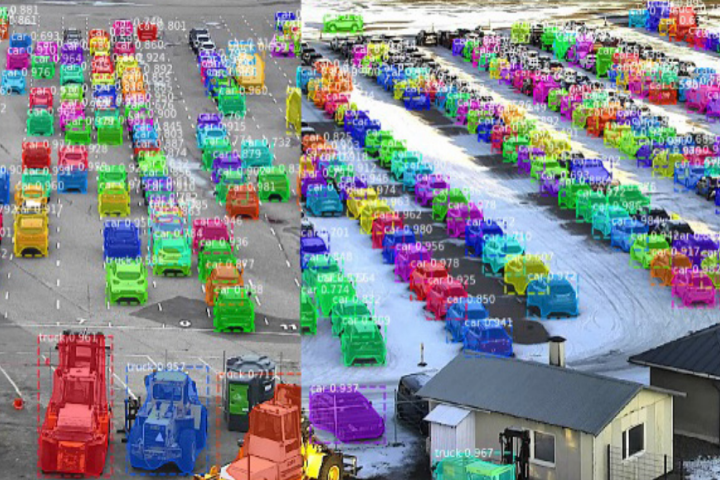
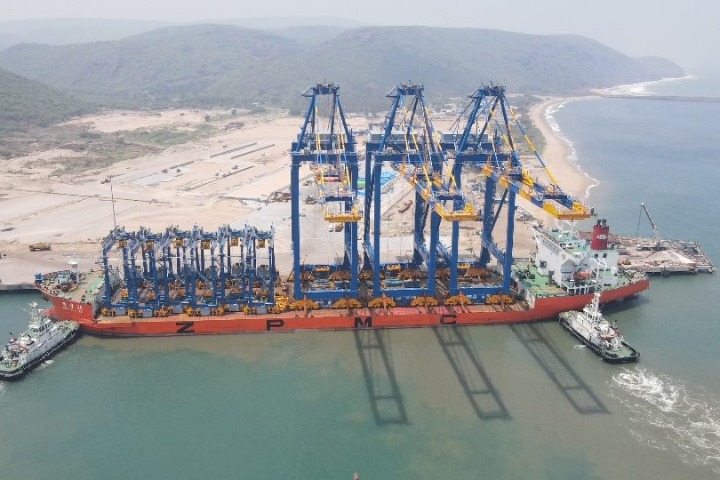
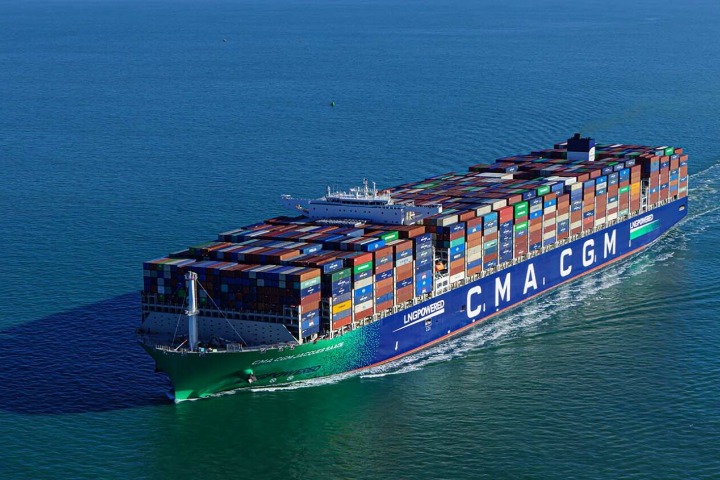
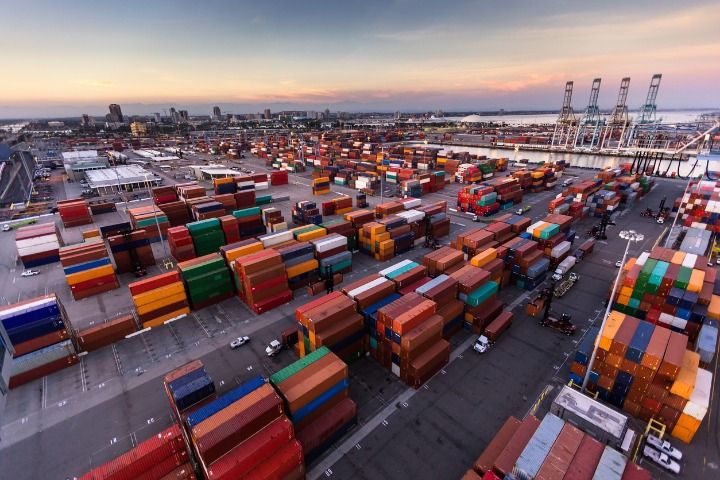
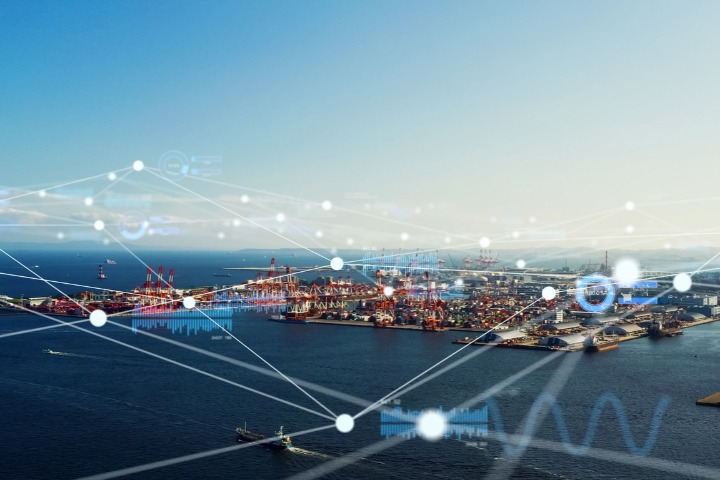
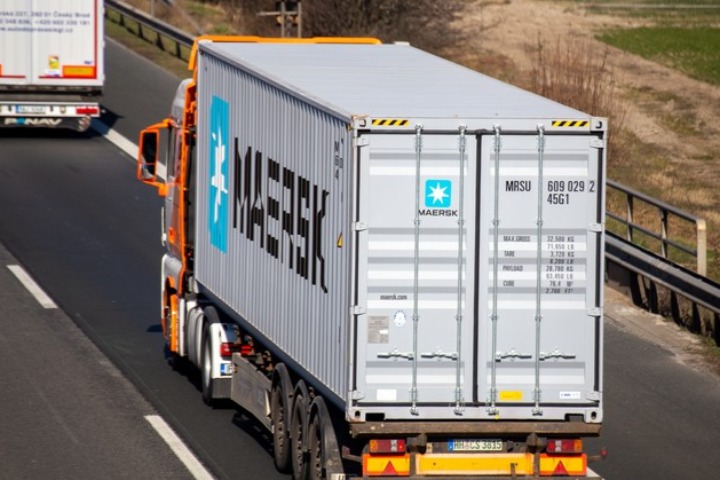
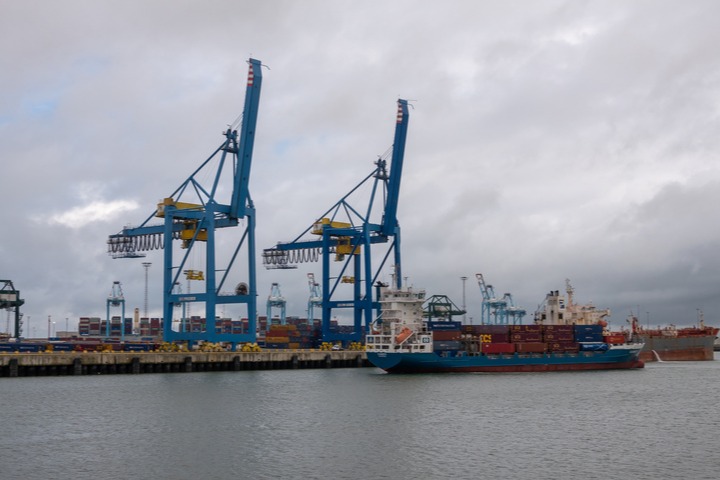
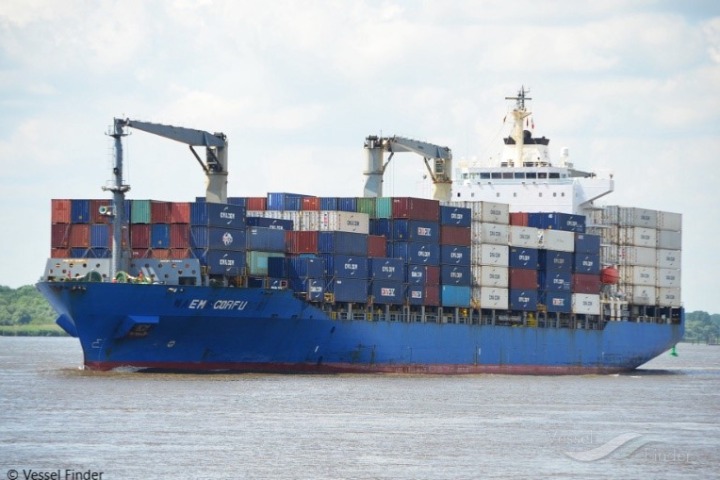
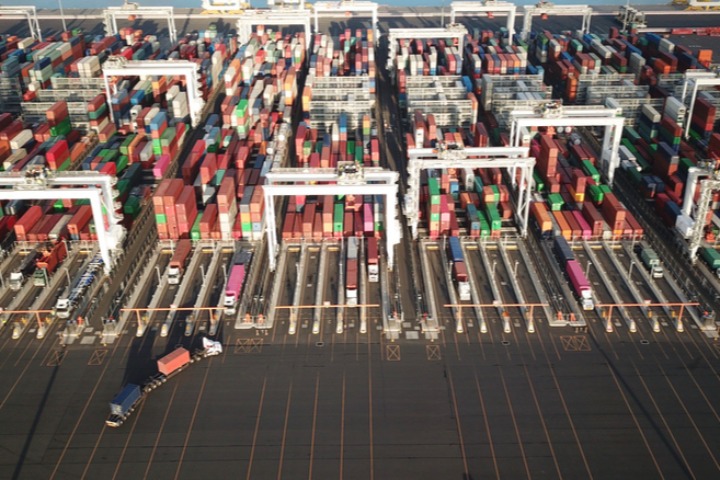
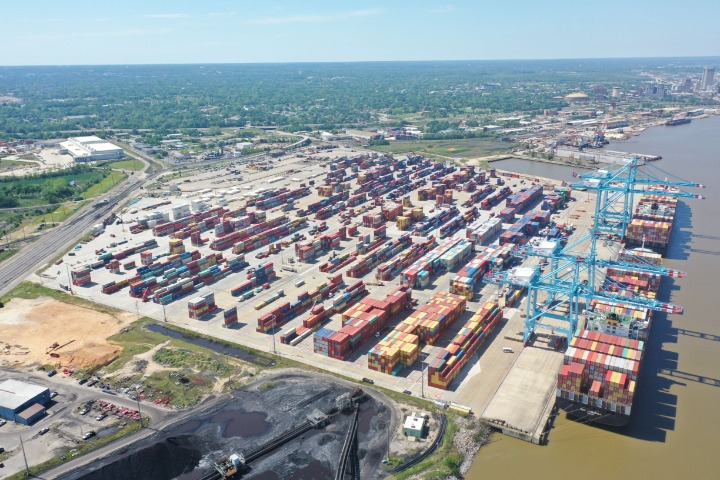













Comments